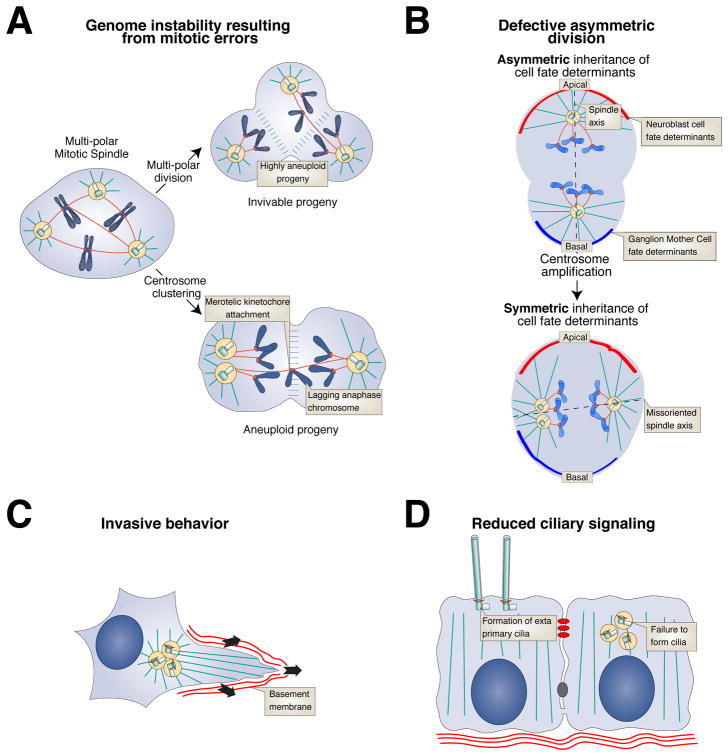Figure 4. Mechanisms through which centrosome amplification can contribute to tumorigenesis.
(A) Genome instability. Cells with supernumerary centrosomes form multi-polar mitotic spindles. Multipolar divisions lead to the production of highly aneuploid daughter cells that are typically inviable. To avoid multipolar divisions, cells cluster their centrosomes prior to anaphase. Centrosome clustering enriches for incorrect merotelic attachments of chromosomes to the mitotic spindle, resulting in chromosome segregation errors153,170,174. In addition to creating whole chromosome aneuploidy, mitotic errors caused by extra centrosomes can promote the acquisition of DNA double strand breaks that result in chromosomal rearrangements179–181.
(B) Defective asymmetric divisions. Drosophila neuroblasts undergo asymmetric cell division to self-renew and produce a differentiated Ganglion Mother Cell. Centrosome amplification can lead to a failure to correctly align the spinde resulting in the equal partioning of cell fate determinates (red and green crescents) into the daughter cells. This leads to an expansion of the stem cell pool and tissue overgrowth153. However, centrosome amplification did not produce spindle orientation defects in mouse neuronal cells, indicating this defect is likely to species or cell type specific155.
(C) Invasive behavior. Increased microtubule nucleation promotes Rac1 hyper-activation that drives invasive behavior184.
(D) Reduced ciliary signaling. Ciliary signaling can be disrupted in response to centrosome amplification by either dilution of cilia signaling components or a failure to form cilia158,185.

